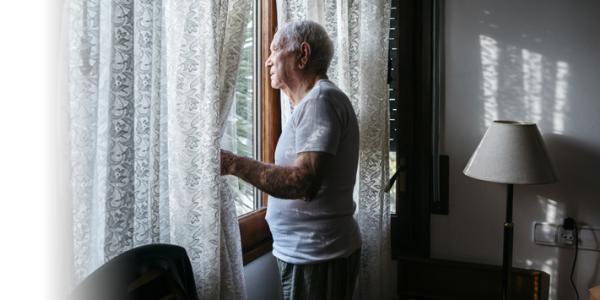


請點擊此轉換成中文
When you think about the winter season, you might think of warm fires, festive holiday decorations and spending time with family and friends. However, winter also brings darker evenings. For the more than 10 million Americans who suffer from seasonal affective disorder (SAD) each winter, these months can be especially difficult. Let's take a look at the signs and symptoms of seasonal depression — and what you can do to stay mentally and emotionally healthy.
Seasonal affective disorder (often called "seasonal depression") is a type of depression that presents only during certain times of the year — typically in the fall and/or winter. Experts don't know the exact causes of SAD, however, they hypothesize that it could be the body's response to the lack of sunlight experienced during the darker months of the year. These changes in sunlight not only disturb the body's regular circadian rhythm (impacting sleep patterns) but can also cause a drop in serotonin levels in the brain and trigger depression.
In order to be diagnosed with SAD, a patient must experience depressive symptoms for the majority of two consecutive winter seasons. Symptoms of SAD include fatigue, sleep disturbances, anxiety, feeling sad or hopeless, loss of interest in activities you typically enjoy and more. Seasonal depression can affect anyone, but those at the greatest risk are women, teenagers and those with a history of bi-polar disorder.
While there's no way to guarantee you won't develop seasonal depression, there are certainly steps you can take to support your mental health throughout the winter months. Even for those who haven't been diagnosed with SAD, these tips can be helpful for anyone who experiences an occasional case of the "winter blues."
While there is no one-size-fits-all treatment for SAD, there are lifestyle changes and several other options to explore with your doctor including:
Everyone has down days — that's perfectly normal! However, if you think you could be suffering from SAD or another form of depression, talk to your doctor right away. With the right treatment, seasonal depression doesn’t have to leave you struggling until spring!
This article first appeared in the November 2022 edition of the HealthPerks newsletter.

Identify your risk factors and what to do if you are at risk.